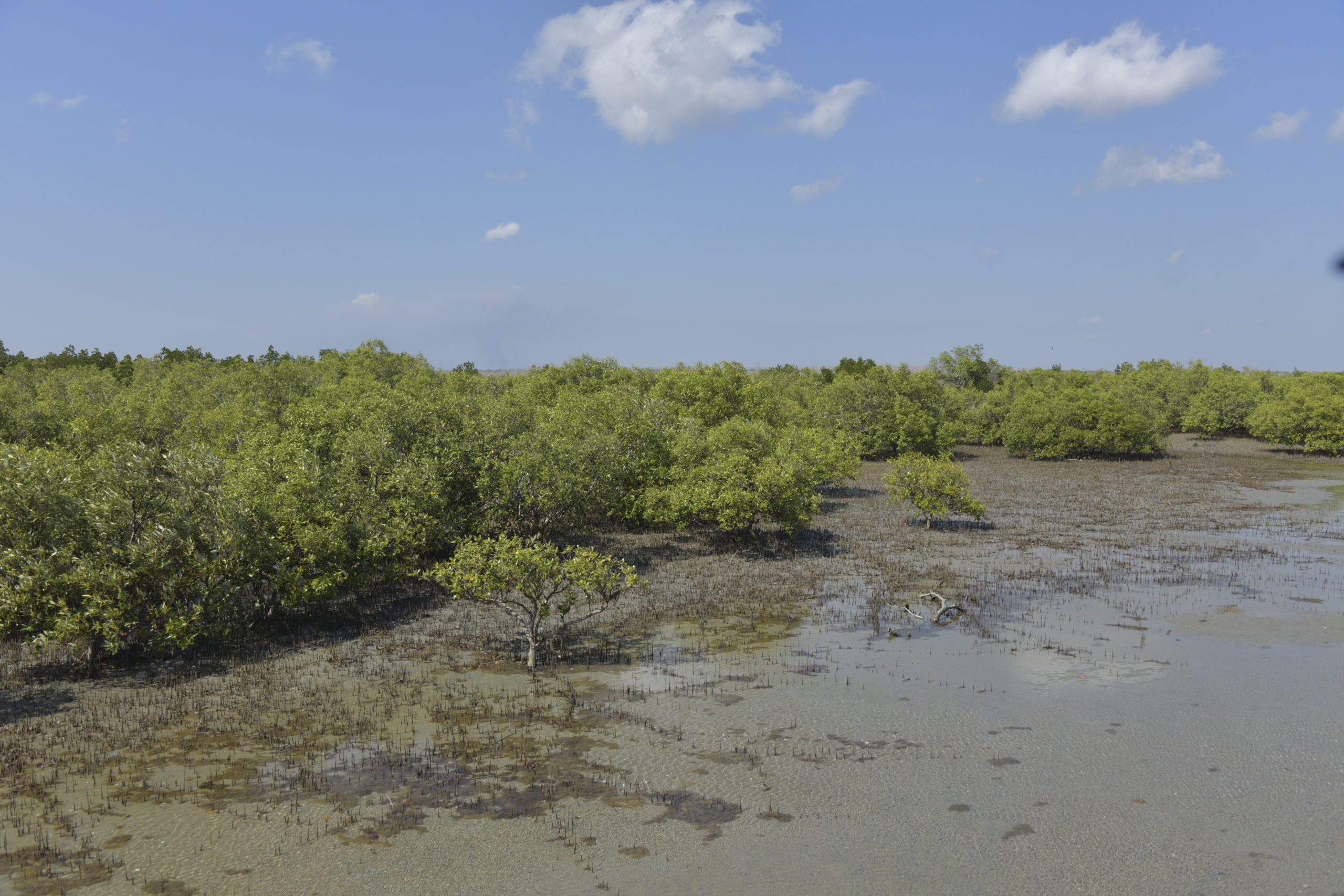23 July 2021

The Australian Department of Agriculture, Water and the Environment’s National Environmental Science Program research is helping us conserve these forests, which are vital to the ecology and stability of our tropical and sub-tropical coastlines. They provide essential habitat for thousands of species and can hold up to 4 times more carbon per square metre than tropical rainforests.
During the summer of 2015–16, one of the worst mangrove dieback events ever recorded devastated more than 7,600 hectares of mangrove forests along 2,000 km of Gulf of Carpentaria coastline.
The project – through the Northern Australia Environmental Resources’ and NESP TWQ Hub’s support – examined the extent, patterns, condition, trend and likely cause of dieback, and improved understanding of the recovery of affected mangroves. The team also trained local Indigenous ranger groups in mangrove assessment and monitoring methods and developed a guide to support future mangrove monitoring.
The findings are informing monitoring and management responses and could help predict, and perhaps prevent, future dieback events.
Want to know more about the Resilient Landscapes Hub's activities and our research into practical solutions to environmental problems? Stay informed about activities, research, publications, events and more through the Hub newsletter.